
Oral Torah in the Nevi’im\/Ketuvim
B"H
Introduction: Torah vs. NaKH
When Jews speak about Torah she-bikhtav — the “Written Torah” — we mean something very specific:
It is the Chumash, the Five Books of Moshe.
It was revealed at Sinai, transmitted word-for-word, and written under divine command.
It is the covenant’s foundation, closed and complete.
But when people use the word “Tanakh,” they often blur categories. Tanakh is an acronym:
Torah = Five Books of Moshe.
Nevi’im = Prophets, from Joshua to Malachi.
Ketuvim = Writings, from Psalms and Proverbs to Esther and Chronicles.
It is easy to assume that all three sections are “Written Torah.” But this is not so.
The Torah is Written Torah, revealed at Sinai.
The Nevi’im and Ketuvim were not given at Sinai. They were composed by prophets and sages over centuries, then canonized as sacred Scripture by rabbinic decision.
Their authority is rabbinic, not Sinaitic. They are Oral Torah written down.
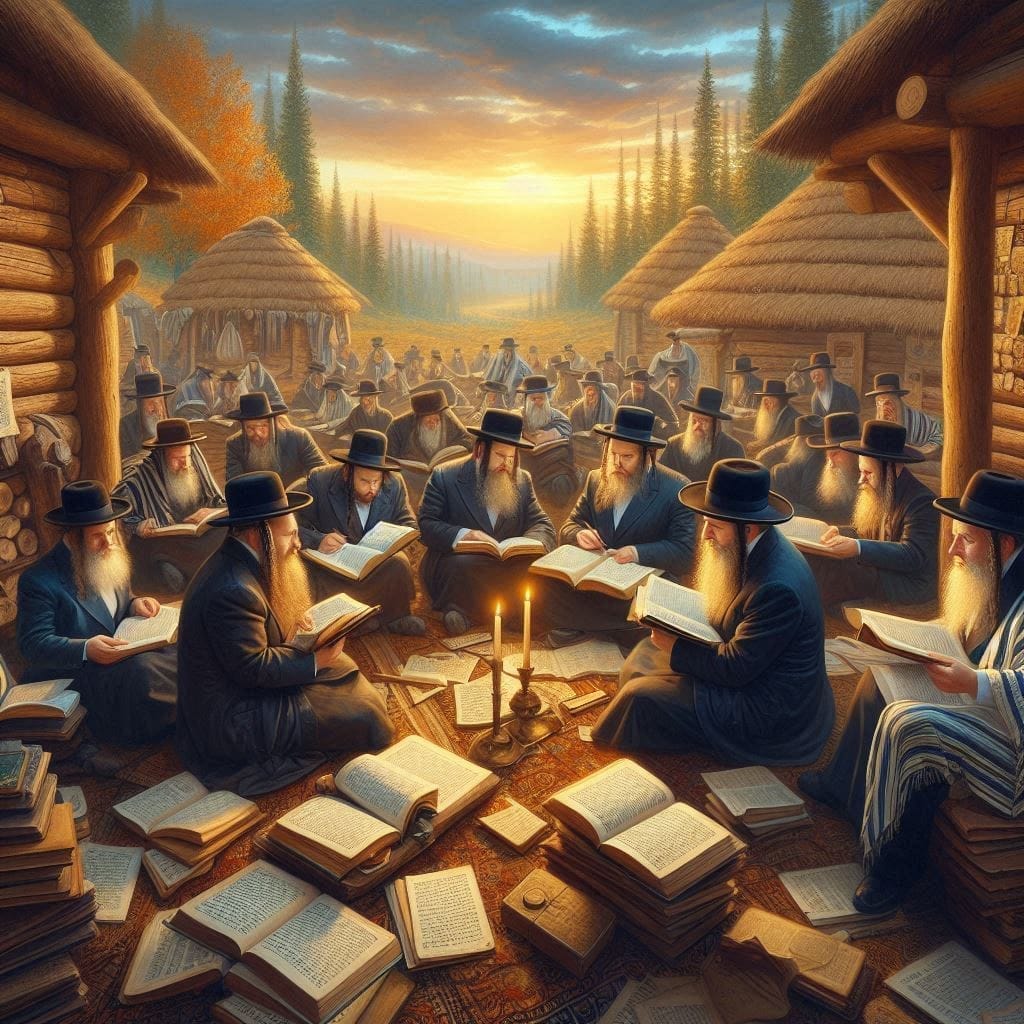
The Canonization of NaKH
This canonization process is often forgotten, but it is crucial.
The Great Assembly
The Anshei Knesset HaGedolah (Men of the Great Assembly), led by Ezra, Nehemiah, and their colleagues, established which books belong to Israel’s canon.
They debated: should Esther be included? Should Ecclesiastes, with its skeptical tone, be admitted? Should Shir HaShirim, with its passionate imagery, be considered holy?
They ruled: yes. These texts are holy, inspired, and binding.
Rabbinic Testimony
Mishnah Yadayim 3:5: rules on which books “defile the hands” — the rabbinic term for being sacred Scripture.
Talmud Bava Batra 14b–15a: lists the order of the books, who wrote them, and affirms their inclusion.
Without this rabbinic process, there is no “Bible” beyond the Torah.
Why This Matters Today
Samaritans stop at the Torah because they reject rabbinic authority. For them, NaKH does not exist.
Karaites want NaKH but stumble over Megillat Esther, Daniel, or Chronicles, because they deny Rabbinic authority — again showing their reliance is broken. Without the court’s canonization, these books have no divine status, so to quote them is to depend on the very Rabbis they reject. This leaves the Karaites in an impossible position: either discard half their “Bible,” or admit that Oral Torah gave it to them.
Hebrew Rooters quote Psalms or Isaiah freely, but by doing so, they rely on the authority of the very Oral Torah they reject.
So let us state the matter plainly:
Torah (Chumash) = Written Torah from Sinai.
NaKH (Prophets & Writings) = Oral Torah in written form, canonized by rabbinic authority.
Thus, the Tanakh itself demonstrates the reality of Oral Torah.

The Function of NaKH: Oral Torah Preserved in Writing
The Torah gives the foundation. The Nevi’im and Ketuvim show how Israel lived that Torah, expanded it, and sanctified new practices in history.
Festivals without justice are condemned.
Public Torah readings are introduced.
Daily prayer is modeled.
New fasts are established.
New holidays like Purim are created.
These are not in the Chumash. They are Oral Torah, preserved in writing.
Later, the Rabbis codified them:
in the Mishnah, Talmud, Rambam, and Shulchan Aruch.

Thirty Traditions in NaKH Beyond the Torah
We now survey 30 examples. Each will be shown in three stages:
Torah silence — what is missing in the Chumash.
NaKH precedent — where it appears in Prophets/Writings.
Rabbinic codification — how it becomes part of halachah.
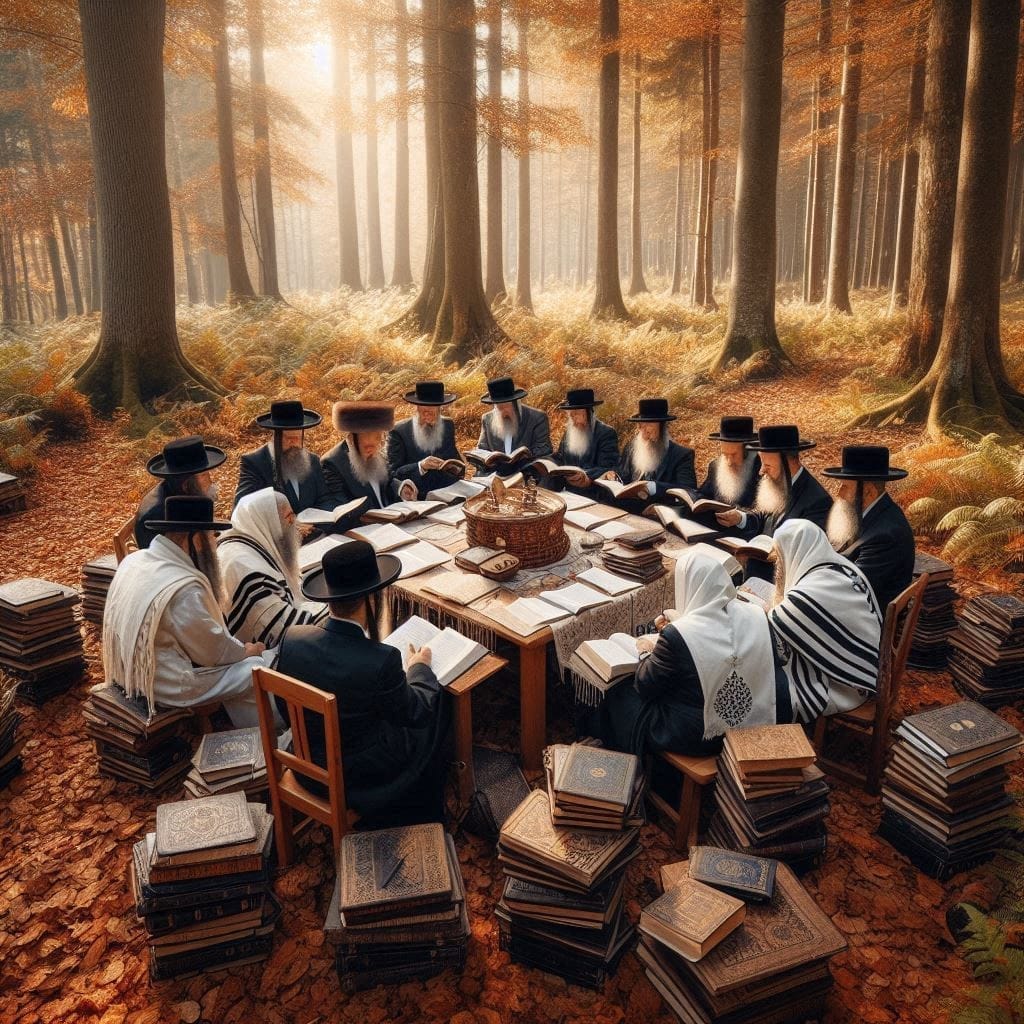
Shabbat & Festivals
Ban on commerce on Shabbat and Rosh Ḥodesh
Torah: forbids work (melachah), but not trade.
NaKH: Amos 8:5; Nehemiah 10:32; 13:15–22 forbid buying and selling.
Later: Rabbinic law bans business on Shabbat.
Public Torah reading
Torah: only once in seven years (Hakhel).
NaKH: Nehemiah 8 — Ezra reads Torah to all the people.
Later: established as synagogue Torah readings.
Ethics as prerequisite for ritual
Torah: commands sacrifices.
NaKH: Amos 5:21–24 — God rejects offerings without justice.
Later: integrated into rabbinic teaching: mitzvot demand ethical life.
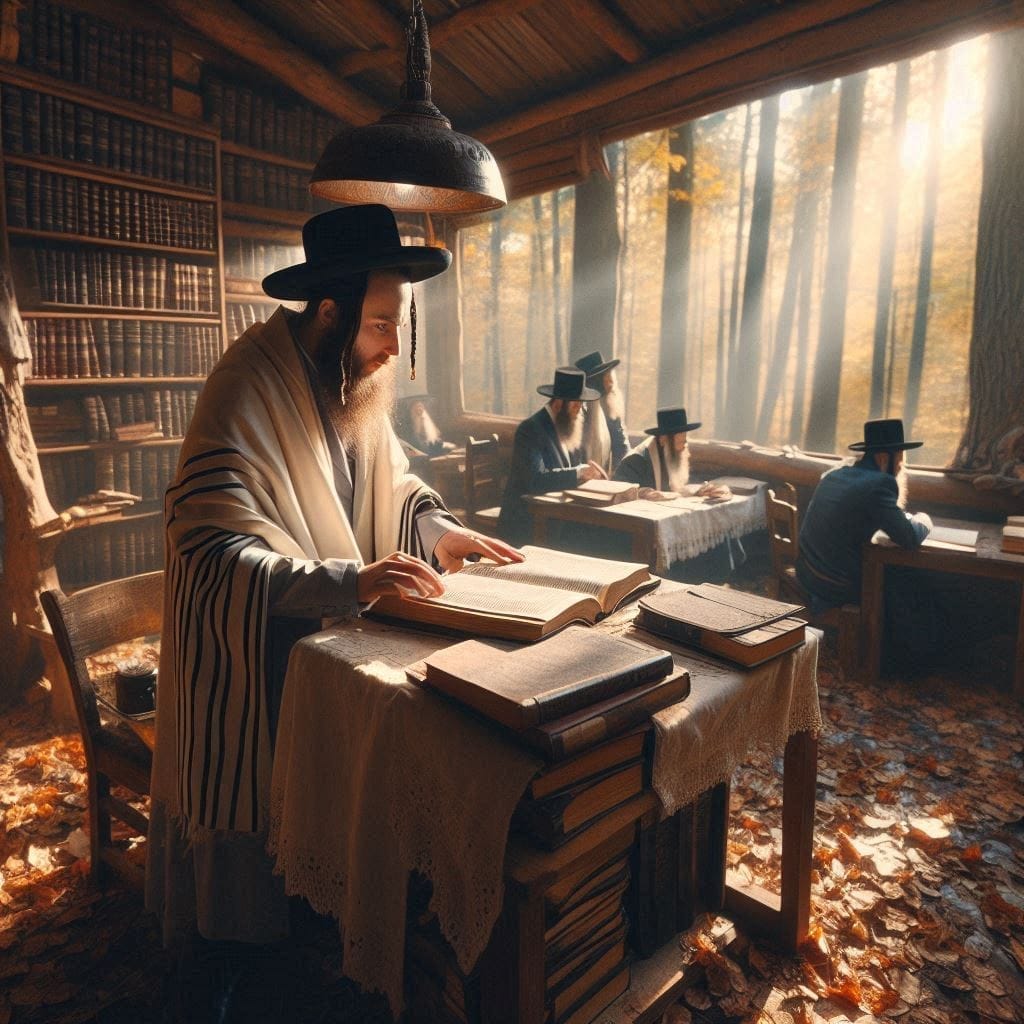
Prayer & Worship
Fixed prayer facing Jerusalem
NaKH: Daniel 6:10 — three daily prayers, facing Jerusalem.
Later: Shacharit, Mincha, Ma’ariv.
Prostration and bowing in prayer
NaKH: Daniel 6:11; Psalm 95:6.
Later: codified in Amidah bowings.
Synagogue as mikdash me’at
NaKH: Ezekiel 11:16.
Later: Rabbis define synagogues as sanctuaries in exile.
Psalms as liturgy
NaKH: Tehillim.
Later: embedded in siddur (Ashrei, Hallel, Kabbalat Shabbat).

Conversion & Covenant
Conversion model
NaKH: Ruth 1:16.
Later: gerut defined as acceptance of mitzvot.
Covenant renewal ceremonies
NaKH: Joshua 24; Nehemiah 9–10.
Later: Yom Kippur confession, public fasts, selichot.
Written covenant regulating marriage
NaKH: Ezra 10:3.
Later: precedent for marriage contracts; evolved into ketubah.
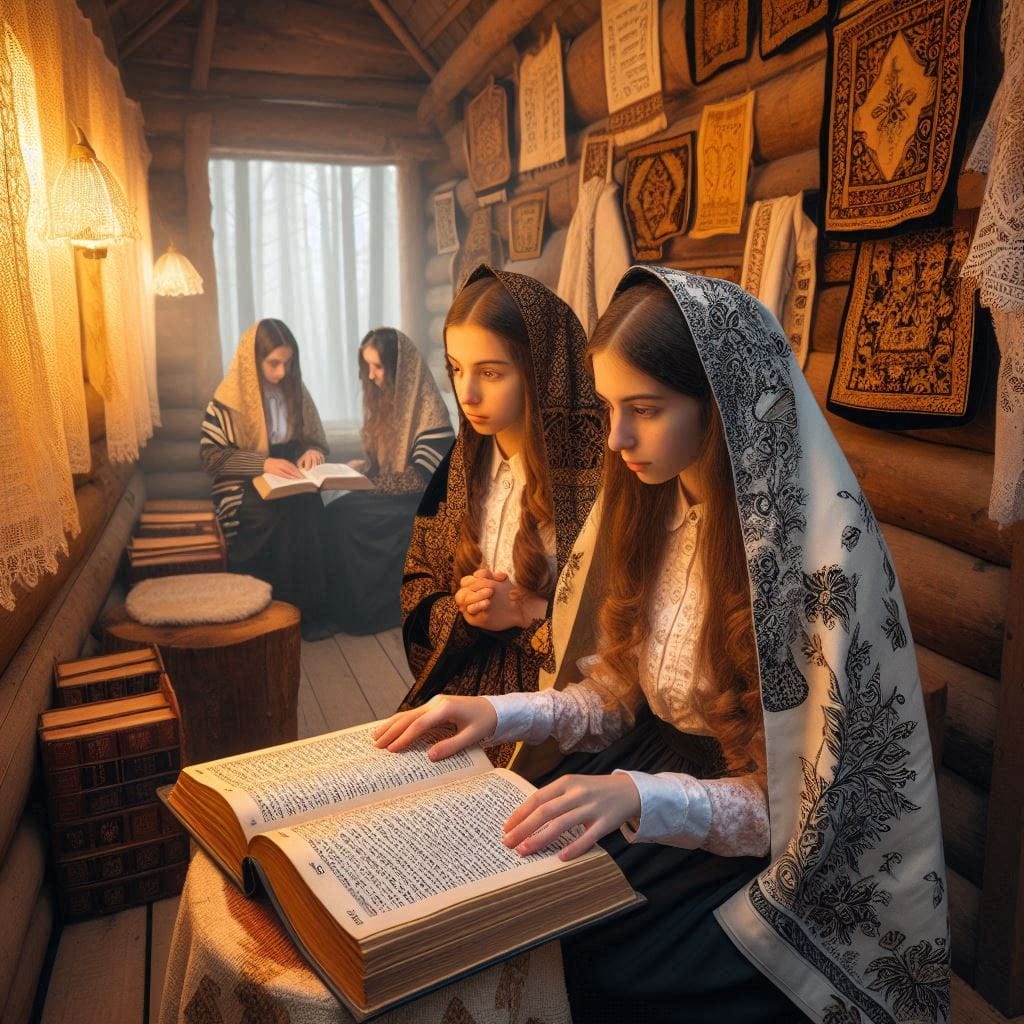
Purification
Purification before Temple service
NaKH: Ezra 6:21; Nehemiah 13:30.
Later: immersion and purity before sacred service.
Water imagery as spiritual and phyiscal cleansing
NaKH: Ezekiel 36:25; 2 Kings 5:14-17; Jeremiah 17:13.
Later: halachic mikveh requirements infused with this symbolism

Fasting & Repentance
Four commemorative fasts
NaKH: Zechariah 7–8.
Later: 17 Tammuz, 9 Av, Gedaliah, 10 Tevet.
Esther’s three-day fast
NaKH: Esther 4:16.
Later: Fast of Esther before Purim.
Confession without sacrifices
NaKH: Nehemiah 9:1–3.
Later: Vidui in prayer.

Diet & Separation
Daniel’s refusal of meat and wine
NaKH: Daniel 1:8–16.
Later: model for strict separation in exile.
Sobriety as religious value
NaKH: Proverbs 23:20; Esther 1:8.
Later: moderation in drinking codified.
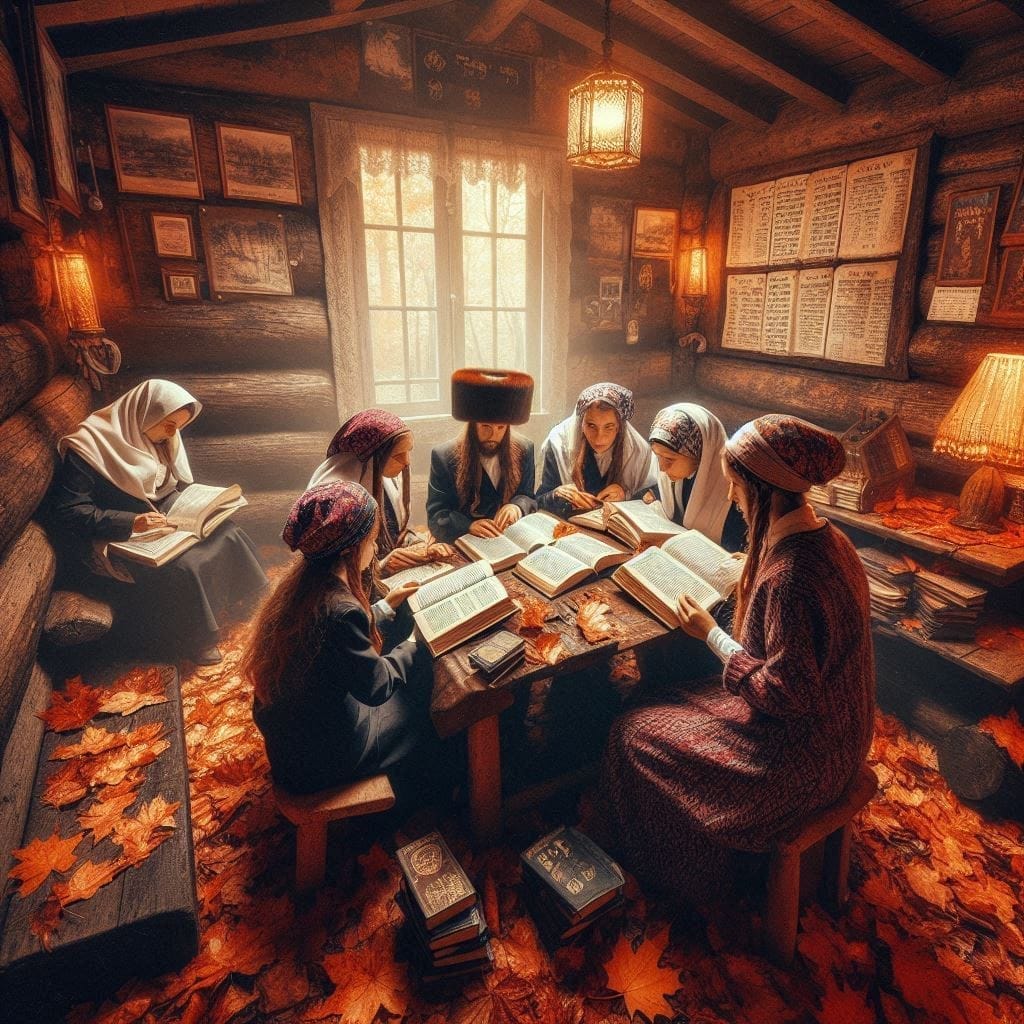
Mourning
Tearing clothes, ashes, sitting on ground
NaKH: Job 1:20; Esther 4:1; Lamentations 2:10.
Later: laws of avelut.
Silent mourning with companions
NaKH: Job 2:13 — friends sit with Job seven days.
Later: basis of shiva.
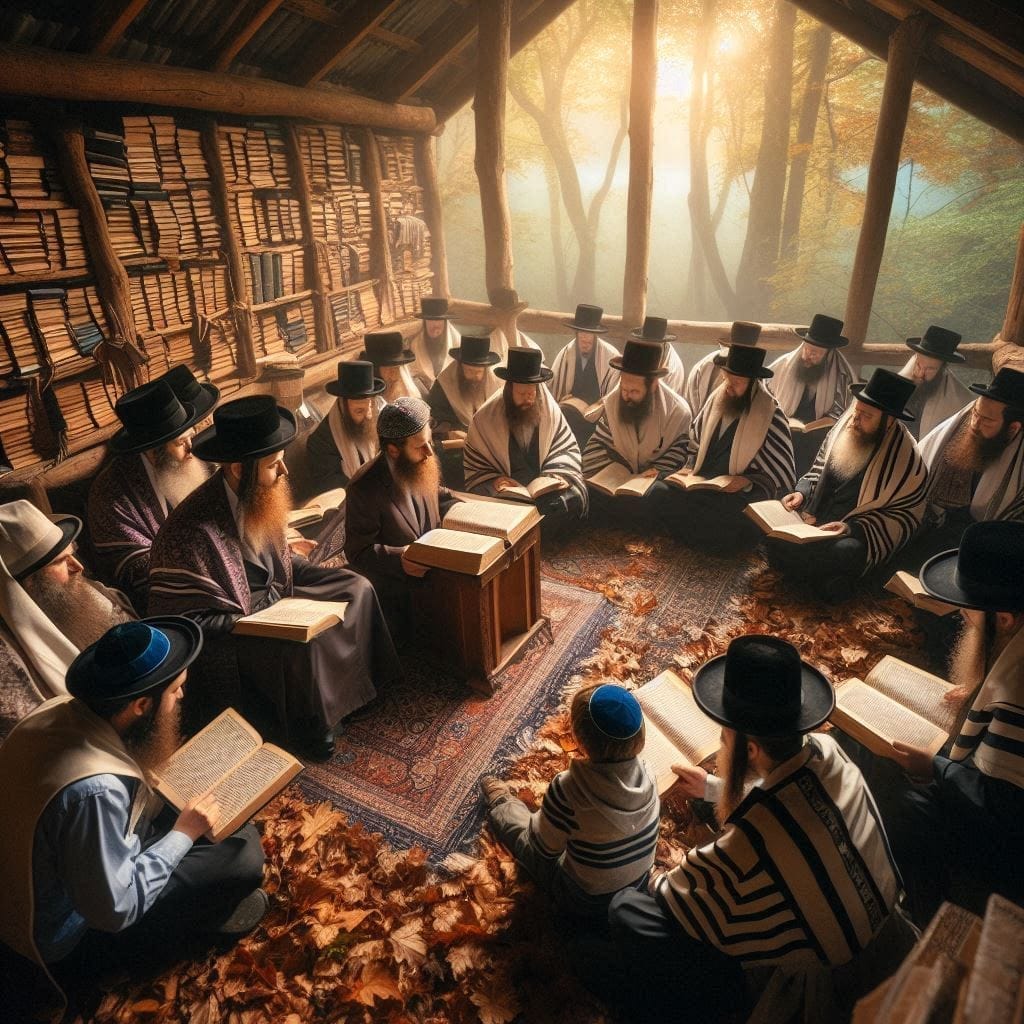
New and renaming of Festivals & National Days
Rosh HaShanah as renewal day
NaKH: Nehemiah 8; Psalm 81; Ezekiel 40:1; Daniel 7; Malachi 3.
Later: Rosh HaShanah = Day of Judgment.
Purim as new festival
NaKH: Esther 9:20–32.
Later: mitzvot of Megillah, mishloach manot, matanot la’evyonim.
Tisha b’Av
NaKH: Jeremiah 39, 52; Zechariah 7–8; Lamentations.
Later: codified as national day of mourning.
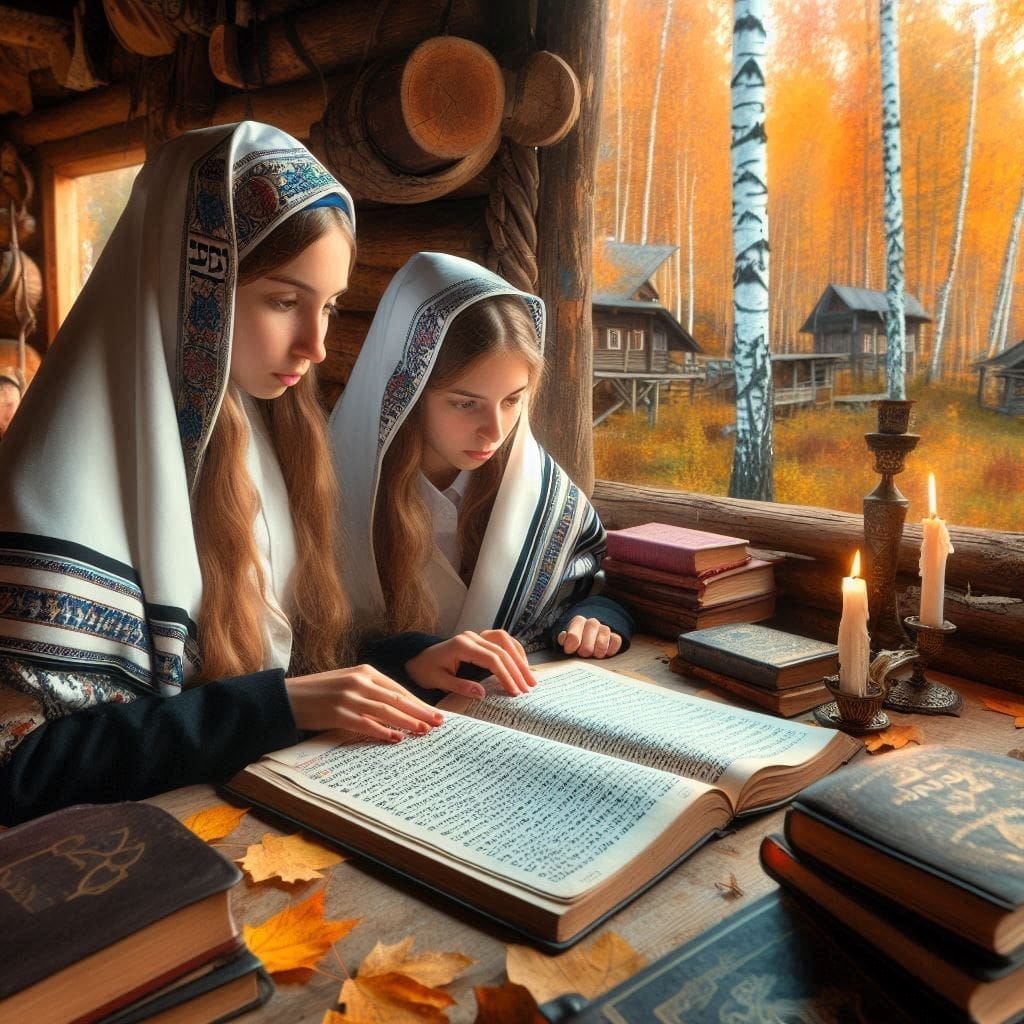
Additional Practices
Shofar as alarm for repentance
NaKH: Joel 2:1; Joshua 6:20.
Later: tied to Rosh HaShanah.
Choirs and musical service
NaKH: 2 Chronicles 5:12–13; Ezra 3:10–11.
Later: synagogue psalmody.
Blessings before Torah reading
NaKH: Nehemiah 8:6.
Later: brachot before and after aliyah.
Standing for Torah reading
NaKH: Nehemiah 8:5.
Later: minhag codified.
Charity as religious duty
NaKH: Proverbs 19:17; Daniel 4:24.
Later: mitzvah of tzedakah.
Prayer with uplifted hands
NaKH: Psalm 134:2; Lamentations 3:41.
Later: echoed in priestly blessing.
Blessing before eating
NaKH: Daniel 6:11; Psalm 103:1–5.
Later: brachot rishonot.
Celebration of Torah itself
NaKH: Nehemiah 8:17–18.
Later: Simchat Torah as culmination of cycle.
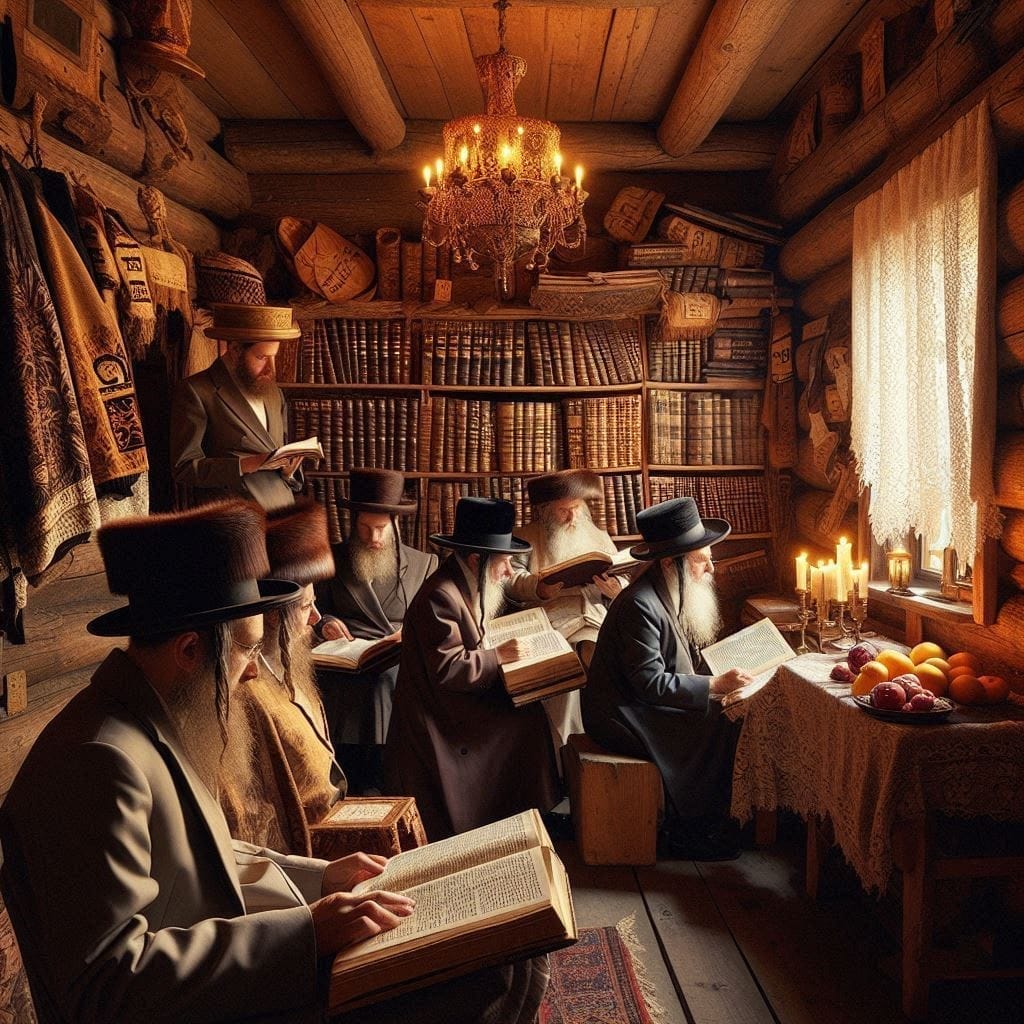
Why This Proves NaKH is Oral Torah
Surveying these thirty examples, we see:
The Torah gives the foundation.
Nevi’im and Ketuvim show practices beyond the Torah: fasts, public Torah readings, prayers, mourning, new festivals.
Chazal later codified them into halacha.
Therefore, the Nevi’im and Ketuvim are not merely “Written Torah.” They are fragments of Oral Torah preserved in writing.
Without rabbinic authority:
Samaritans have no NaKH.
Karaites cannot justify it.
Hebrew Rooters contradict themselves when they quote it but deny Oral Torah..
The canon itself is rabbinic.
The practices it records are Oral Torah in action.

Conclusion
The Tanakh is one structure with three parts:
Torah: Written Torah from Sinai.
Nevi’im and Ketuvim: Oral Torah written down, canonized by rabbinic authority.
Oral Torah: The living tradition that interprets, preserves, and codifies.
So when we study Isaiah, or Daniel, or Esther, we are not stepping outside Oral Torah — we are stepping deeper into it.
The NaKH itself is Oral Torah written in holy script.
This is why Israel cannot live by The Written Torah alone.
We live by The Written Torah and Oral Torah, by the Written Torah and the NaKH, all unified by the Rabbinic chain of authority.
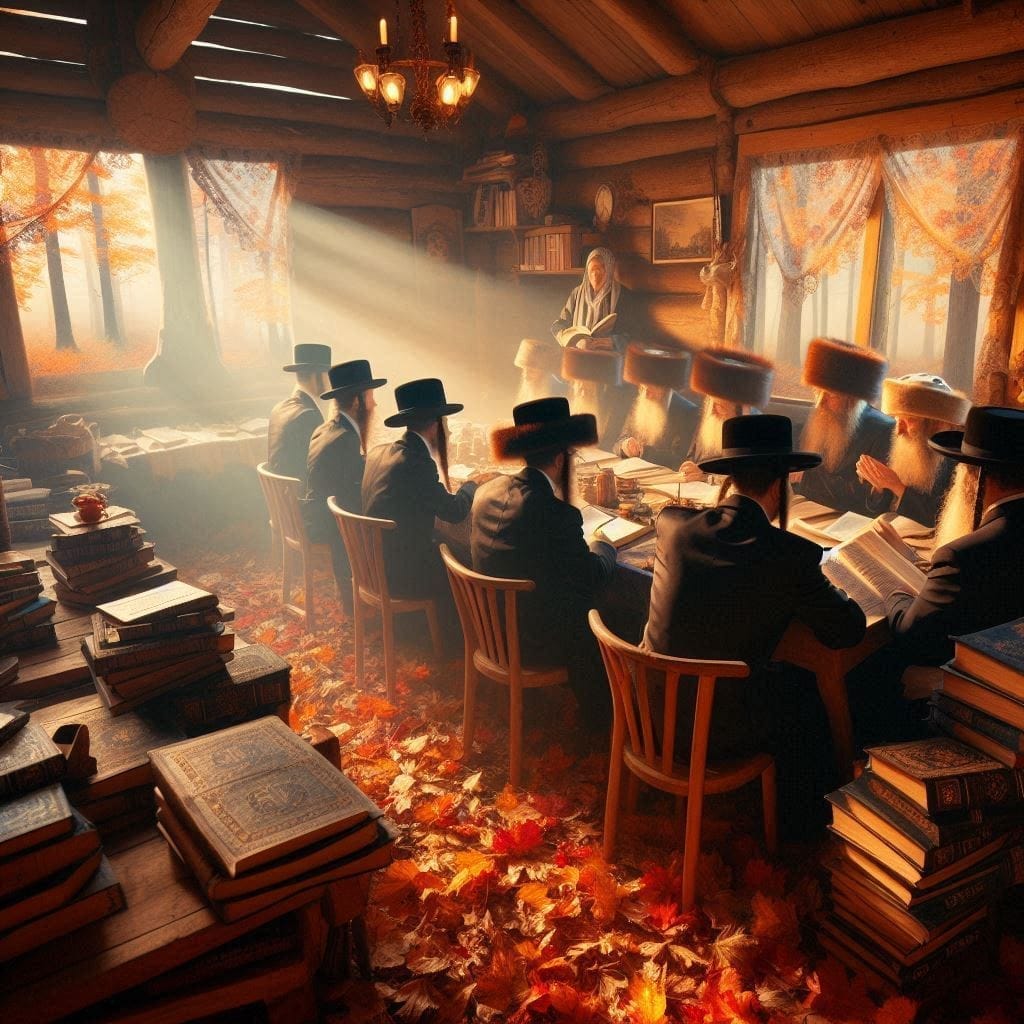
Subscribe now.
Sign up for our newsletter to get the most interesting stories of the day straight to your inbox before everyone else
Created with © systeme.io • Privacy policy • Terms of service


